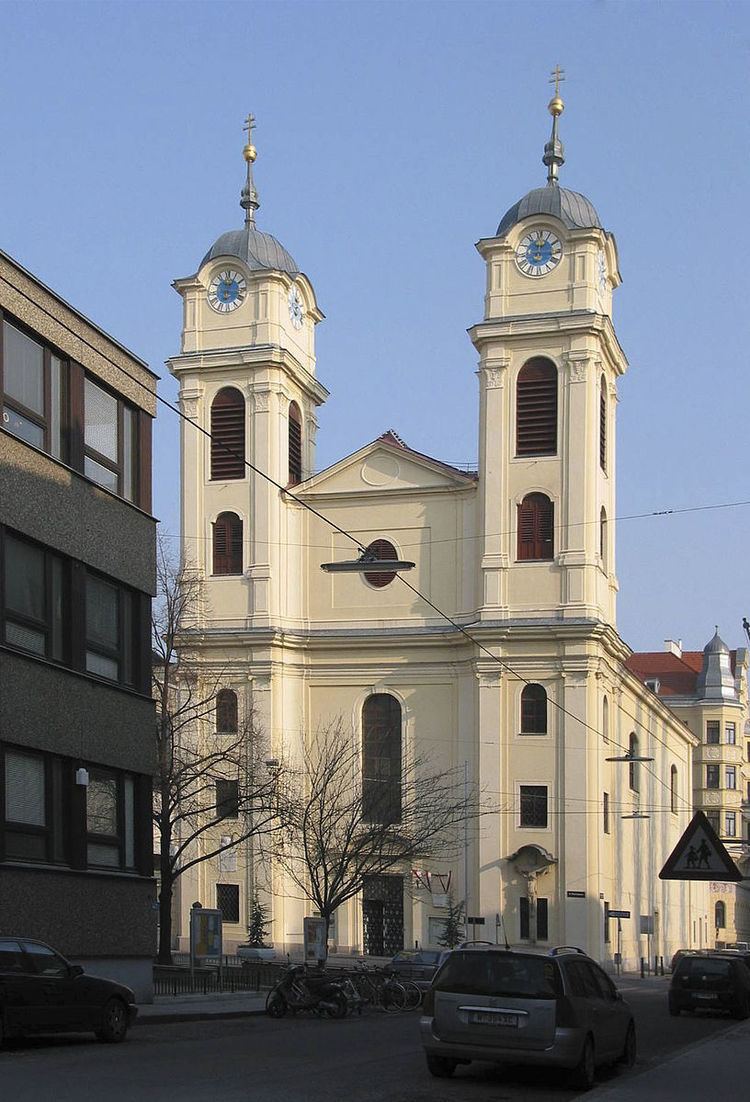Year 1815 (1815) | Catalogue D 324 Movements 6 | |
 | ||
Vocal SATB choir and soloists | ||
The Mass No. 3 in B-flat major, D 324, is a mass composed by Franz Schubert in 1815. It is scored for soprano, alto, tenor and bass soloists, SATB choir, violin I and II, viola, 2 oboes, 2 bassoons, 2 trumpets, timpani and basso continuo (cello, double bass and organ). While the length of the mass makes it a missa brevis, its large orchestral force and use of brass, woodwinds and timpani has also led to its classification as a missa solemnis.
Contents
Background
Schubert composed this mass setting a few months after the his mass in G major, beginning on 11 November 1815. The occasion for which it was composed is unknown; however, it is thought that the soprano soloist in the first performance was Therese Grob. This suggests that it was written for the Lichtental Parish Church; Schubert may also have been attempting to create opportunities to spend time with Grob, with whom he was deeply in love.
Its large orchestral component and extended orchestral interludes have been called "Haydnesque"; the latter's Nelson Mass has been cited as a particularly strong influence. References to Mozart and Bach have also been noted.
While little is now known about the circumstances of the original performance, the mass was familiar outside Vienna. Schubert received a letter from his brother Ferdinand on 6 October 1824, saying that he had been asked to play the organ for a performance of a mass in Hainburg. The mass was by a famous composer whose identity was unknown to the invitees; upon receiving it, Ferdinand recognised his brother's work.
Structure
The mass consists of six movements. Performances require approximately 30 minutes.
- "Kyrie" Adagio con moto, B flat major, 3/4Three trombones are added to the orchestration of this movement.
- "Gloria" Allegro vivace, B flat major, common time"Domine Deus, Agnus Dei..." Adagio, D minor, 3/4"Quoniam tu solus sanctus..." Allegro vivace, B flat major, common time
- "Credo" Allegro vivace, B flat major, 3/4"Et incarnatus est..." Adagio, F minor, common time"Et resurrexit..." Allegro vivace, B flat major, 3/4
- "Sanctus" Adagio maestoso, B flat major, common time
- "Benedictus" Andante con moto, F major, common time; soloists"Osanna" with choir.
- "Agnus Dei" Andante molto, G minor, common time"Dona nobis pacem..." Allegro moderato, B flat major, 6/8
